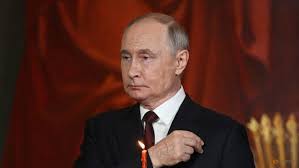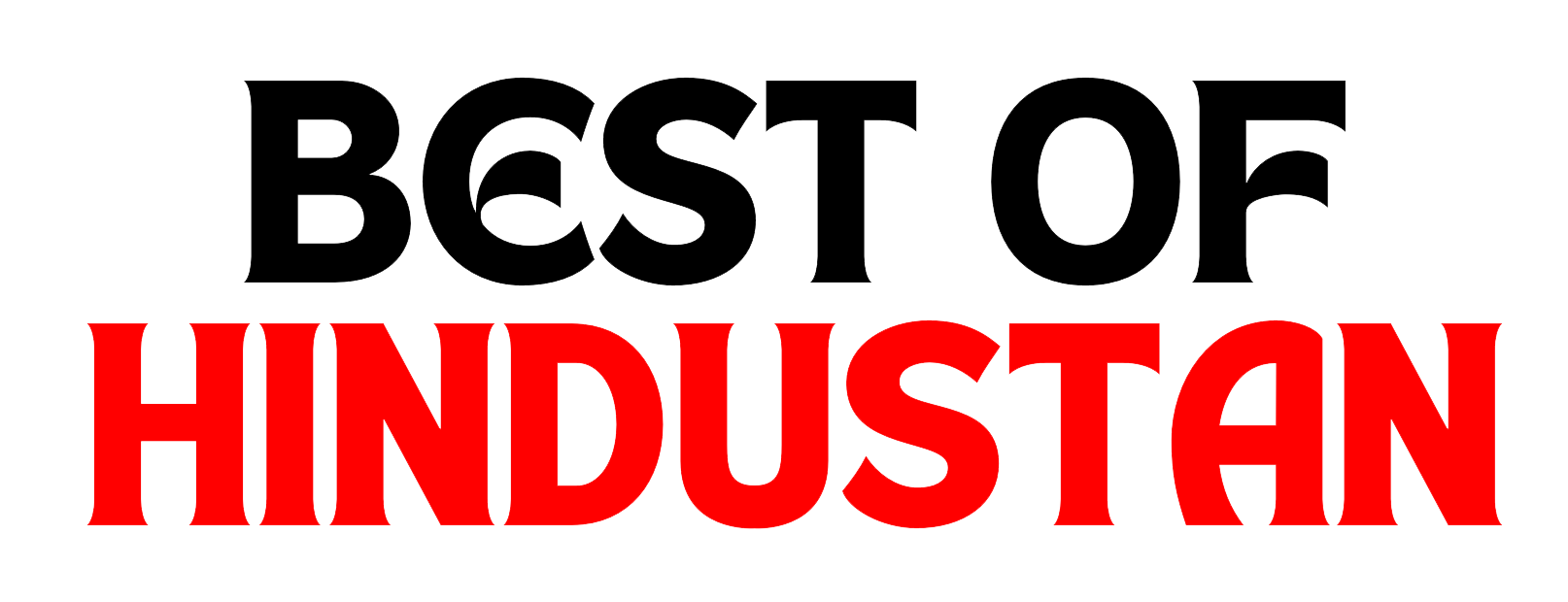
Russian President Vladimir Putin, for the first time in years, expressed his willingness to engage in direct peace talks with Ukraine, suggesting he was open to negotiations following the recent Easter truce. Kremlin spokesperson Dmitry Peskov further confirmed that Moscow remained committed to seeking a peaceful settlement to the ongoing conflict.
Putin’s comments came on Monday during an interview with Russian state television, where he proposed that both sides discuss potential ceasefire agreements and peace initiatives. He noted that while the fighting in Ukraine resumed after a brief 30-hour Easter ceasefire, which both Russia and Ukraine had previously agreed to, Moscow was still open to dialogue and peaceful solutions.
“The president has expressed that he is ready for any peace initiatives,” Peskov stated, emphasizing that Russia would continue to work with international partners, including the United States, to reach a resolution.
Ceasefire and Bilateral Talks
Putin’s announcement followed a period of heightened tensions, with Russia and Ukraine having agreed to a temporary Easter truce. However, despite the ceasefire, Ukraine reported continued attacks by Russian forces, which prompted Kyiv to call for an extension of the ceasefire concerning civilian targets. Ukrainian President Volodymyr Zelensky had earlier expressed skepticism, noting that despite the truce, Russian strikes continued during the ceasefire period, revealing Moscow’s continued military intentions.
In response, Zelensky confirmed that Ukraine would send a delegation to London on Wednesday for further discussions with Western officials from the United States, the United Kingdom, and France. These talks aim to explore ways to end the ongoing conflict, which has now persisted for more than three years. Zelensky’s message highlighted Ukraine’s continued push for peace, but with a clear condition: no agreement would be reached unless Russia ceased its attacks and withdrew from annexed territories.
International Support for a Ceasefire Extension
Meanwhile, the United States has expressed its willingness to support the extension of the ceasefire, with President Donald Trump recently suggesting that a peace deal might be imminent. However, he also warned that progress would need to be made swiftly, or Washington would consider withdrawing from negotiations entirely. Trump’s optimism, voiced on Sunday, stands in contrast to the ongoing violence on the ground, where Ukrainian forces have reported nearly 3,000 ceasefire violations, particularly along the frontlines in the Donetsk region.
While peace talks are underway, both sides have yet to agree on critical points. Russia continues to demand that Ukraine cede territories it claims as annexed, and accept permanent neutrality—demands that Ukraine firmly rejects, seeing them as tantamount to surrender.
A Fragile Situation
Despite the ongoing talks, the situation remains fragile. Ukrainian forces reported significant violations of the ceasefire by Russian troops, including 444 separate attacks on Ukrainian positions and over 900 Ukrainian drone strikes on Russian-held territories. These violations have left both civilian and military casualties in their wake, with mounting concerns about the true potential for lasting peace.
As the world watches the latest developments, all eyes are on the upcoming diplomatic engagements in London and the ongoing discussions on both sides of the conflict. While Putin’s willingness to engage in talks is a positive sign, the outcome of these discussions remains uncertain, with both nations holding firm to their respective demands.
The future of Ukraine and the region continues to hang in the balance, with hopes for peace tempered by the realities of a drawn-out and volatile conflict.
Sources By Agencies


